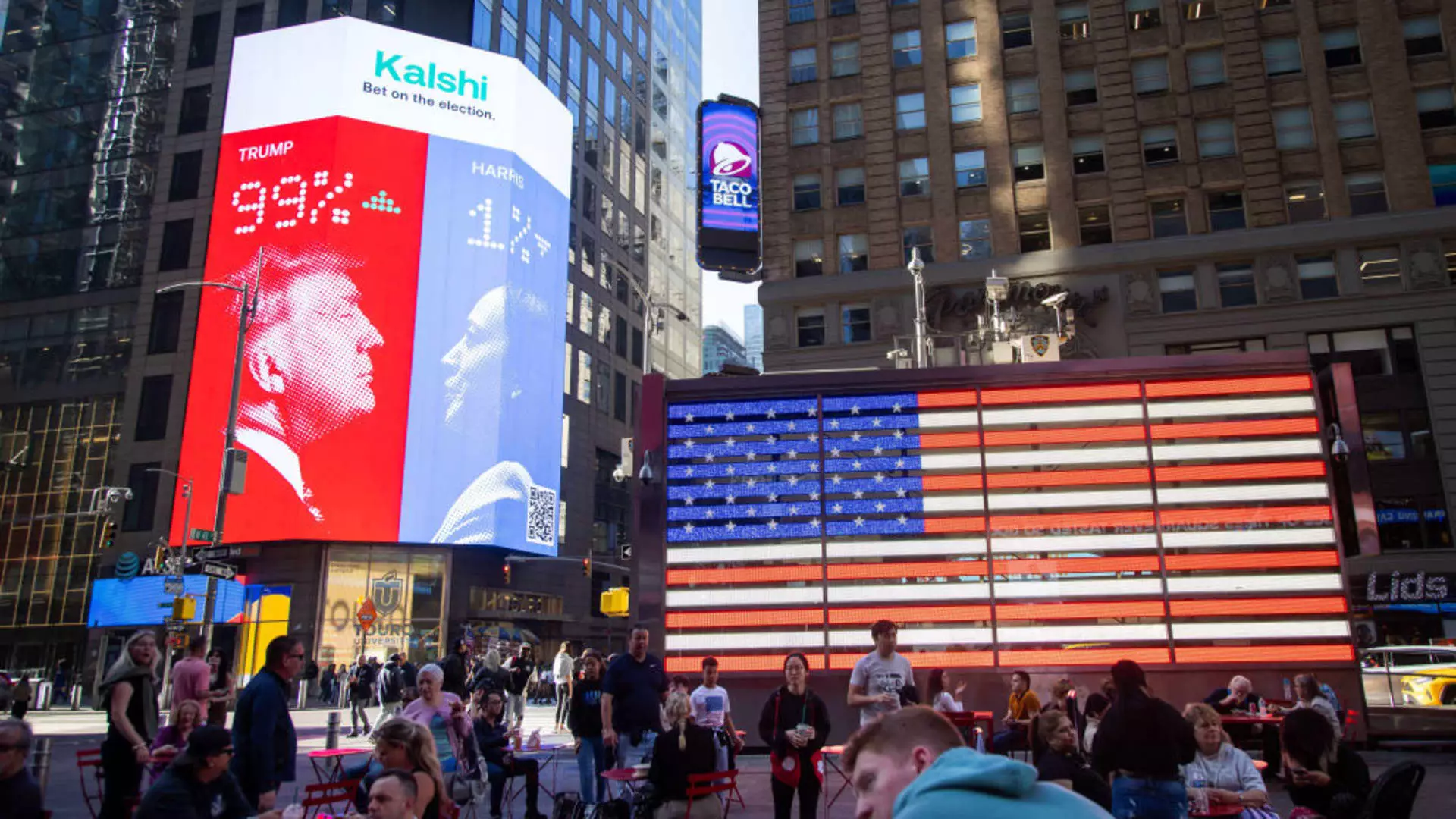The stock market stands on the precipice of an unprecedented era, largely influenced by the administration of President-elect Donald Trump. Jeremy Siegel, a distinguished finance professor from the Wharton School of the University of Pennsylvania, has posited that Trump represents the most pro-business president in the history of American governance. Trump’s orientation towards the stock market has provided a substantial boost to investor confidence, evidenced by the remarkable performance of indices like the S&P 500 and the Dow Jones Industrial Average. As Siegel articulately noted, a significant indicator of Trump’s scorecard during his tenure will likely be the upward trajectory of stock prices, suggesting that his policies will aim not just for stability, but growth and expansion.
Following Trump’s election, the stock market responded robustly, hitting record highs that underscore the optimism of investors. His agenda, particularly promises of tax reforms and a reduction in regulatory burdens, has instilled a sense of excitement across various sectors. The S&P 500’s surge of 4.66% post-election marked its best weekly performance in months, breaking above the esteemed 6,000 mark for the first time. Similarly, the Dow Jones received a substantial uplift by exceeding the 44,000 threshold. This growth reflects investor sentiments focused on risk assets, with many banking on the expectation that Trump’s policies will propel economic development.
Specific sectors, especially technology and financial services, have experienced remarkable gains. Tesla led the charge with a staggering 29% increase in stock value, bringing its market capitalization back to the $1 trillion milestone—an achievement influenced in part by its CEO Elon Musk’s affiliation with Trump. Financial institutions such as JPMorgan Chase and Wells Fargo rallied enthusiastically, further corroborating the market’s bullish sentiment. Simultaneously, Bitcoin has also surged to record prices as traders anticipate a relaxed regulatory environment favoring cryptocurrencies.
Siegel brought to light the anticipated extension of corporate tax cuts that were initially enacted during Trump’s first term. His belief that these tax initiatives will likely continue highlights the prospect of sustained benefits for corporate America. However, he tempered this optimism with the acknowledgment that expansion beyond these tax cuts could face significant political hurdles. This interplay between fiscal policy and investor expectations reveals a complex landscape where benefits could be reaped, but challenges may still loom.
Despite the favorable economic outlook driven by fiscal optimism, Siegel also cautioned against potential pitfalls stemming from Trump’s controversial trade policies. His intentions to impose substantial tariffs on trading partners could stifle growth prospects and exacerbate inflation, especially as the Federal Reserve remains focused on regulating inflation in an environment where interest rates are on the rise. Thus, while the stock market may appear to be enjoying a significant uptick, beneath the surface lie conflicting signals that could pose challenges to long-term stability.
While the possibilities presented by Trump’s administration could lead to considerable gains in the stock market, investors and analysts alike must remain vigilant regarding the nuances of his policies and their broader implications for economic health.

